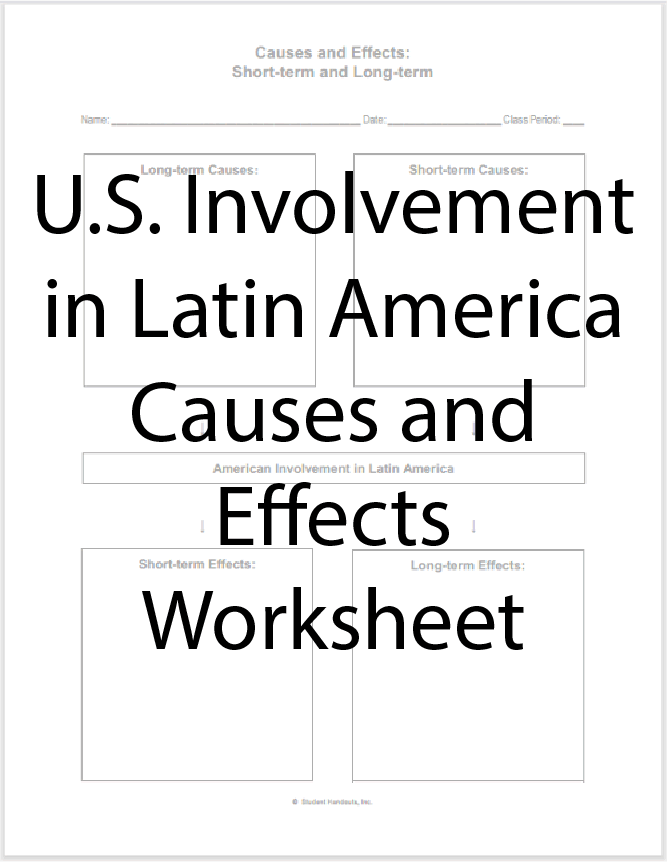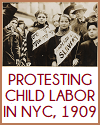United States involvement in Latin American affairs has been a complex and multifaceted aspect of its foreign policy.
Long-Term Causes:
- Monroe Doctrine (1823): The Monroe Doctrine, articulated by President James Monroe, declared that the Western Hemisphere was off-limits to European colonization and that any interference would be seen as a threat to the United States. This set the stage for U.S. involvement in Latin America to protect its interests and maintain regional stability.
- Economic Interests: U.S. economic interests, such as access to raw materials, markets for American goods, and investments in Latin American industries, have been a consistent driver of involvement in the region.
- Manifest Destiny: The 19th-century belief in manifest destiny, the idea that it was the destiny of the United States to expand its influence and territory, contributed to the U.S. pursuit of interests in Latin America.
- Political Ideologies: Ideological factors, including anti-communism during the Cold War, led the United States to intervene in Latin American countries to counter perceived threats to democracy and capitalism.
Short-Term Causes:
- Spanish-American War (1898): The U.S. victory in the Spanish-American War resulted in the acquisition of Puerto Rico, Guam, and the Philippines, marking the United States' emergence as a colonial power in the Pacific and the Caribbean.
- Banana Republics: U.S. corporations, particularly in the fruit industry, had significant influence in Latin America. The term "banana republics" referred to countries where U.S. fruit companies held considerable power, leading to interventions to protect American interests.
- Interventions and Coups: The United States often intervened militarily or supported coups in Latin American countries to protect its interests or promote governments that were friendly to American business interests.
Short-Term Effects:
- Interventions and Coups: Short-term effects of U.S. involvement include the overthrow of governments (e.g., Guatemala in 1954, Chile in 1973) and the installation of pro-U.S. regimes, often with authoritarian tendencies.
- Economic Dominance: U.S. corporations gained control over significant portions of Latin American economies, leading to economic dependence and exploitation.
- Anti-American Sentiment: Interventions and support for authoritarian regimes fueled anti-American sentiment in Latin America, contributing to hostility toward U.S. policies.
Long-Term Effects:
- Regional Instability: U.S. involvement in Latin America has contributed to periods of political and social instability, with lasting consequences for governance and regional conflicts.
- Inequality and Poverty: Economic exploitation and land concentration have contributed to long-standing issues of poverty and inequality in some Latin American countries.
- Diplomatic Tensions: The historical legacy of U.S. involvement in the region has created diplomatic tensions between the United States and Latin American nations.
- Shifts in Policy: Over time, U.S. policy toward Latin America has evolved, with some limited shifts toward promoting democracy, development, and human rights, although challenges remain.
- Cultural Exchange: Despite the challenges, U.S. involvement in Latin America has also fostered cultural exchange, with music, art, and cuisine flowing in both directions.
It is important to note that U.S. involvement in Latin America is a complex and contentious topic, with varied perspectives on its motivations and consequences. While some argue that U.S. interventions have promoted stability and economic development, others contend that they have perpetuated inequality and contributed to political instability and strife in the region. The effects of this involvement continue to shape relations between the United States and Latin American countries today.
|











